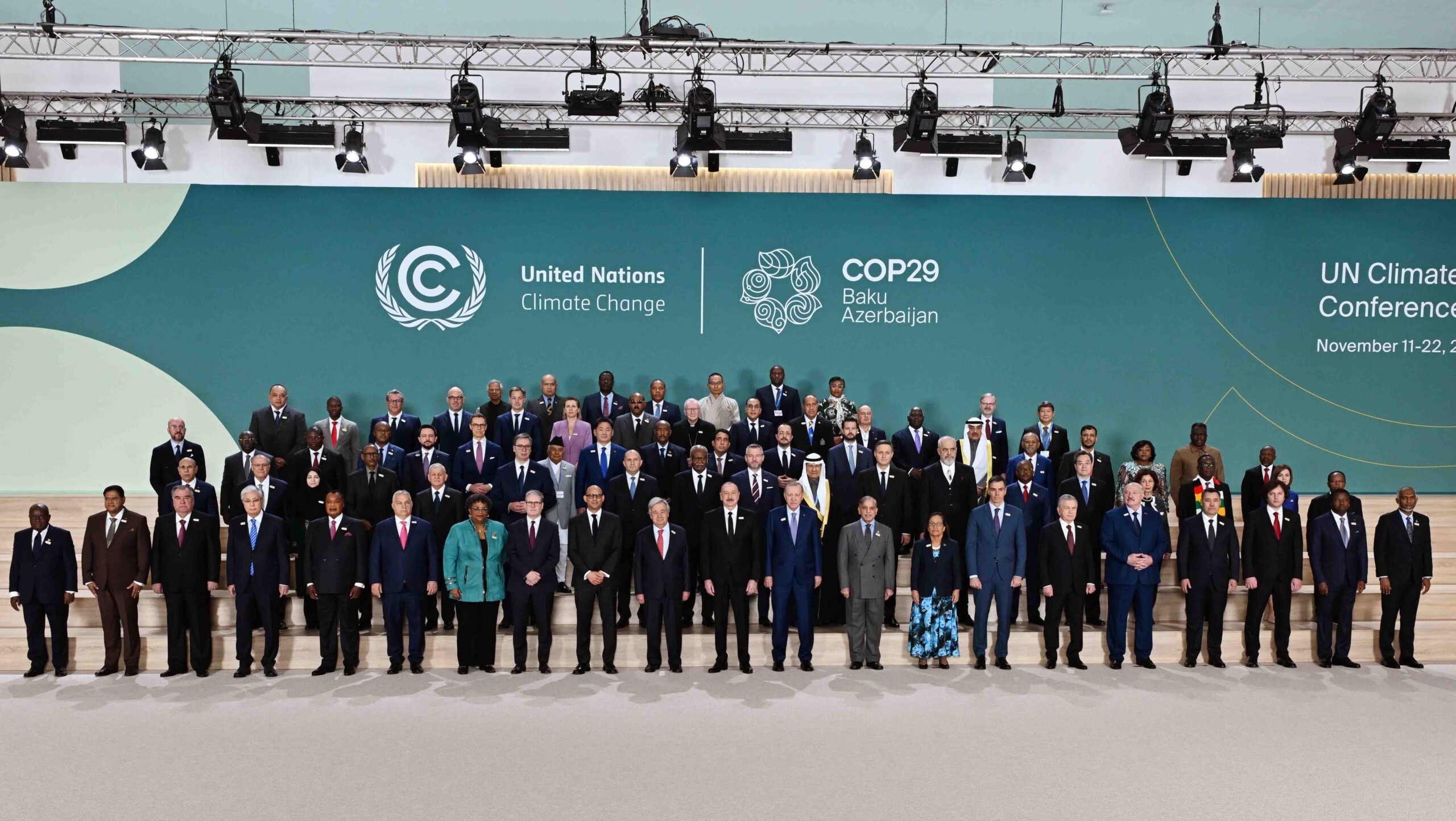 At COP28 in Dubai, 197 countries and the EU pledged to triple renewable energy targets and double energy efficiency by 2030. As COP29 kicked off on November 11 in Baku, Azerbaijan, the agenda pushes even further, tackling biodiversity protection, carbon market capacity-building, climate education, youth action, and inclusivity for Indigenous and marginalized groups.
At COP28 in Dubai, 197 countries and the EU pledged to triple renewable energy targets and double energy efficiency by 2030. As COP29 kicked off on November 11 in Baku, Azerbaijan, the agenda pushes even further, tackling biodiversity protection, carbon market capacity-building, climate education, youth action, and inclusivity for Indigenous and marginalized groups.
One critical focus is energy storage, with COP29 calling for a sixfold global increase to 1,500 gigawatts by 2030. Achieving this requires robust collaboration among private, public, and nonprofit sectors, says UN climate envoy Michael Bloomberg. Will the world deliver on these bold commitments?
The 29th Conference of the Parties (COP29) in Baku, Azerbaijan, brings both promise and challenges in the global fight against climate change. This year, the spotlight is on climate finance, a critical issue as developing nations call for increased support to tackle the climate crisis. Discussions revolved around achieving a “new collective quantified goal” for funding, addressing the $1.3 trillion annual requirement for climate adaptation and mitigation in vulnerable countries.
COP29 Themes and Challenges
- Climate Finance: Developed nations face pressure to fulfill their commitments, particularly the unachieved $100 billion annual pledge made at COP15 in 2009. Questions linger about the allocation and accessibility of these funds, with many developing countries experiencing delayed or insufficient support
- Equity and Justice: India and other Global South nations demand “climate justice,” urging developed countries to reduce their carbon footprints while allowing developing nations the “carbon space” for sustainable growth.
In his address to the COP29 plenary, President Charles Michel called for an ambitious new collective quantified goal.
In its conclusions on the UN Climate Change Conference on 14 October 2024, the Council called for an agreement on an effective, achievable and ambitious new collective quantified goal that should:
- be designed on the basis of a broad, transformative and multi-layered approach, including various flows of finance and a broader group of contributors
- reflect developments in countries’ respective economic capabilities and shares of global greenhouse gas emissions since the early 1990s
President Charles Michel underlined the shared responsibility for the climate crisis and insisted on the need to expand the donor base that will contribute to achieving the collective goal.
This climate threat is existential for the human race and we, the human race, bear responsibility for this war against nature. And it’s true that some bear this responsibility more than others. The so-called developed countries. – European Council President Charles Michel
He recalled that in 2023, the EU and its 27 member states contributed USD 31 billion in climate finance, and encouraged others to follow suit, including the G7 and emerging economies.
A Look Ahead
COP29 emphasizes the importance of ambitious Nationally Determined Contributions (NDCs) to meet decarbonization targets next year. While challenges remain, initiatives like the International Solar Alliance and the Green Climate Fund show potential for transformative change. As climate action deadlines approach, stakeholders must prioritize unity and innovative solutions. The UN climate change conference ended on 24 November with a pledge from developed nations to contribute at least $300 billion annually to support adaptation.

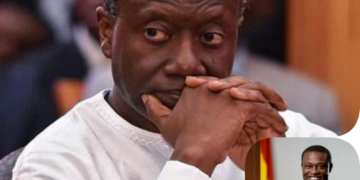
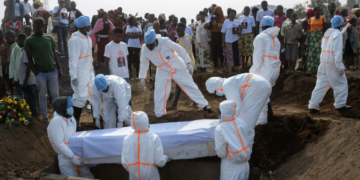
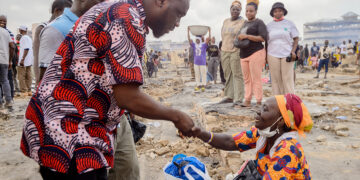




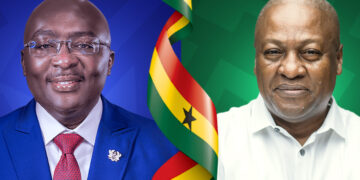

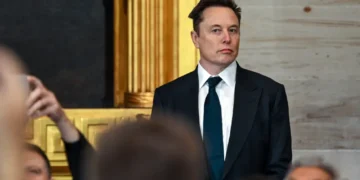


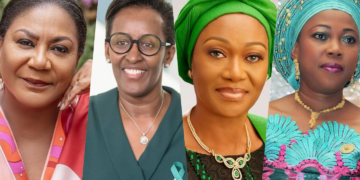



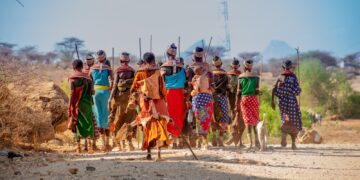



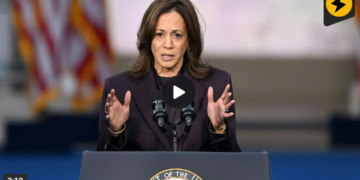
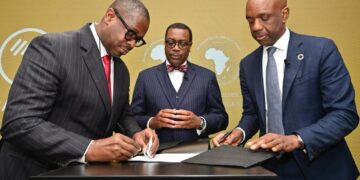
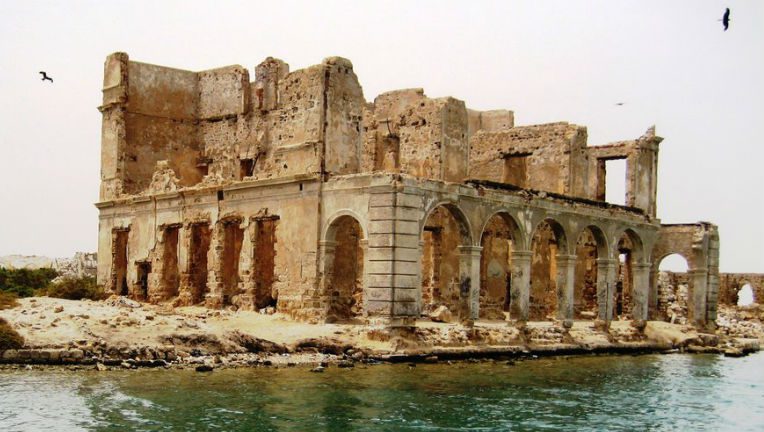

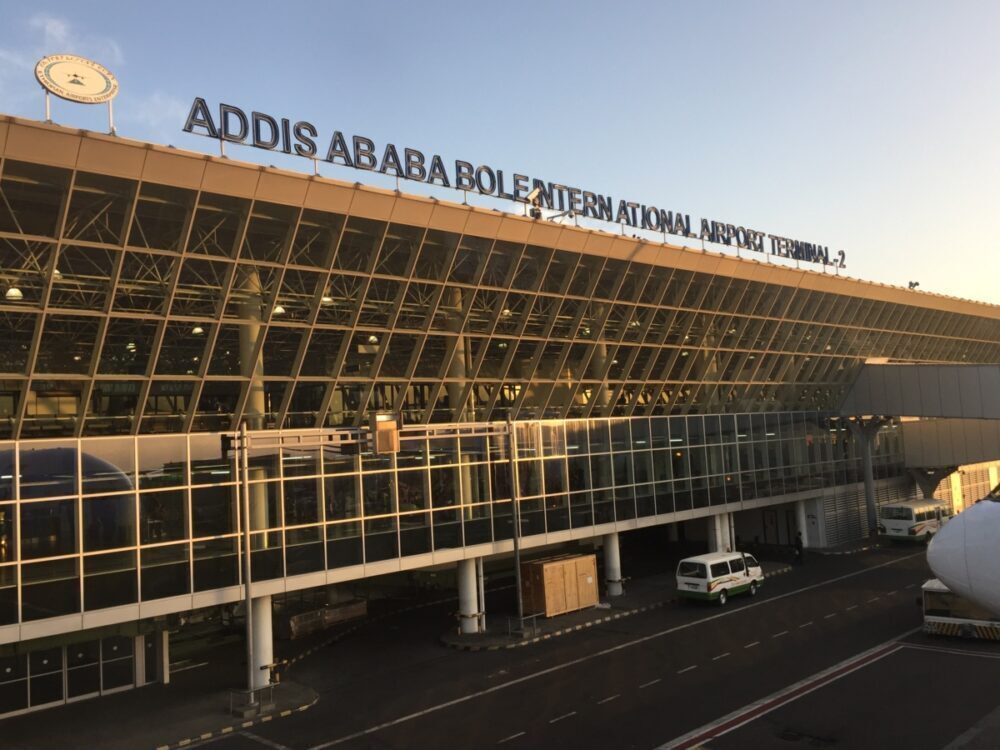






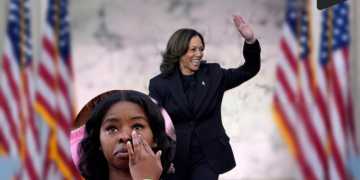







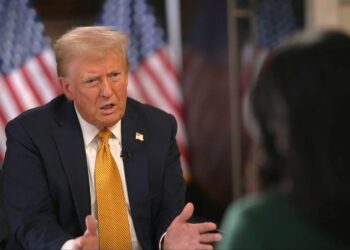

















Discussion about this post